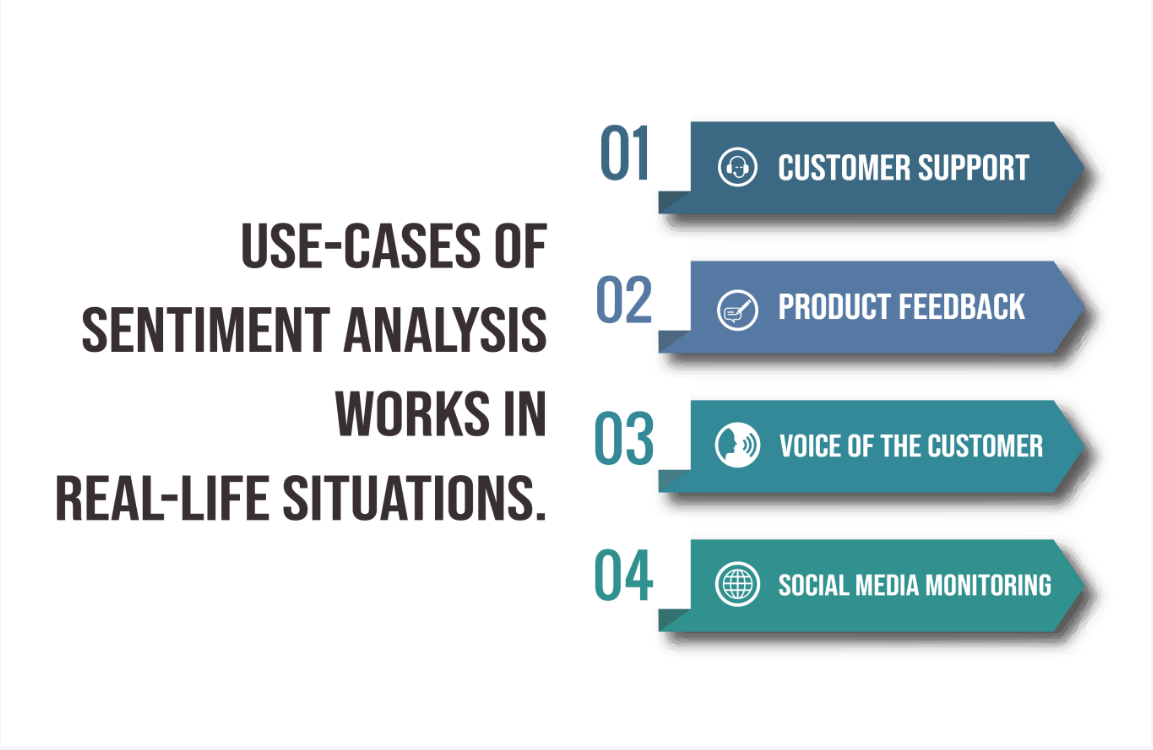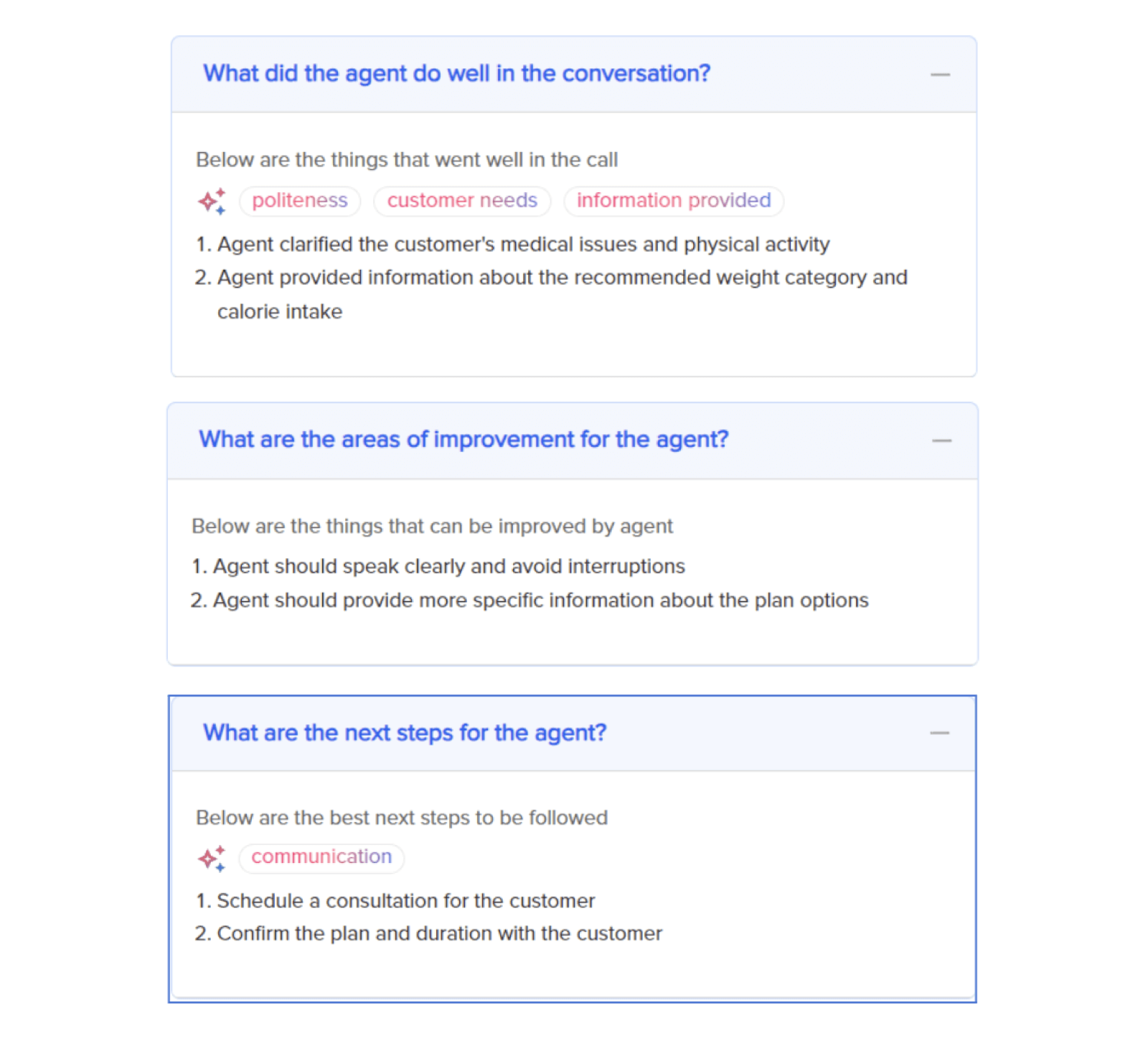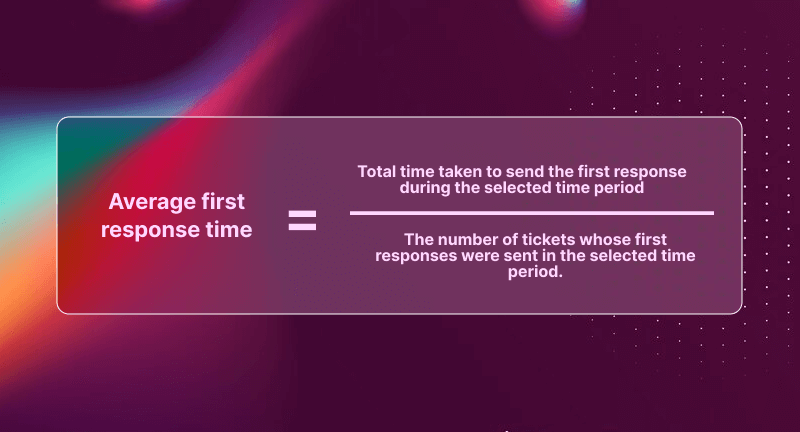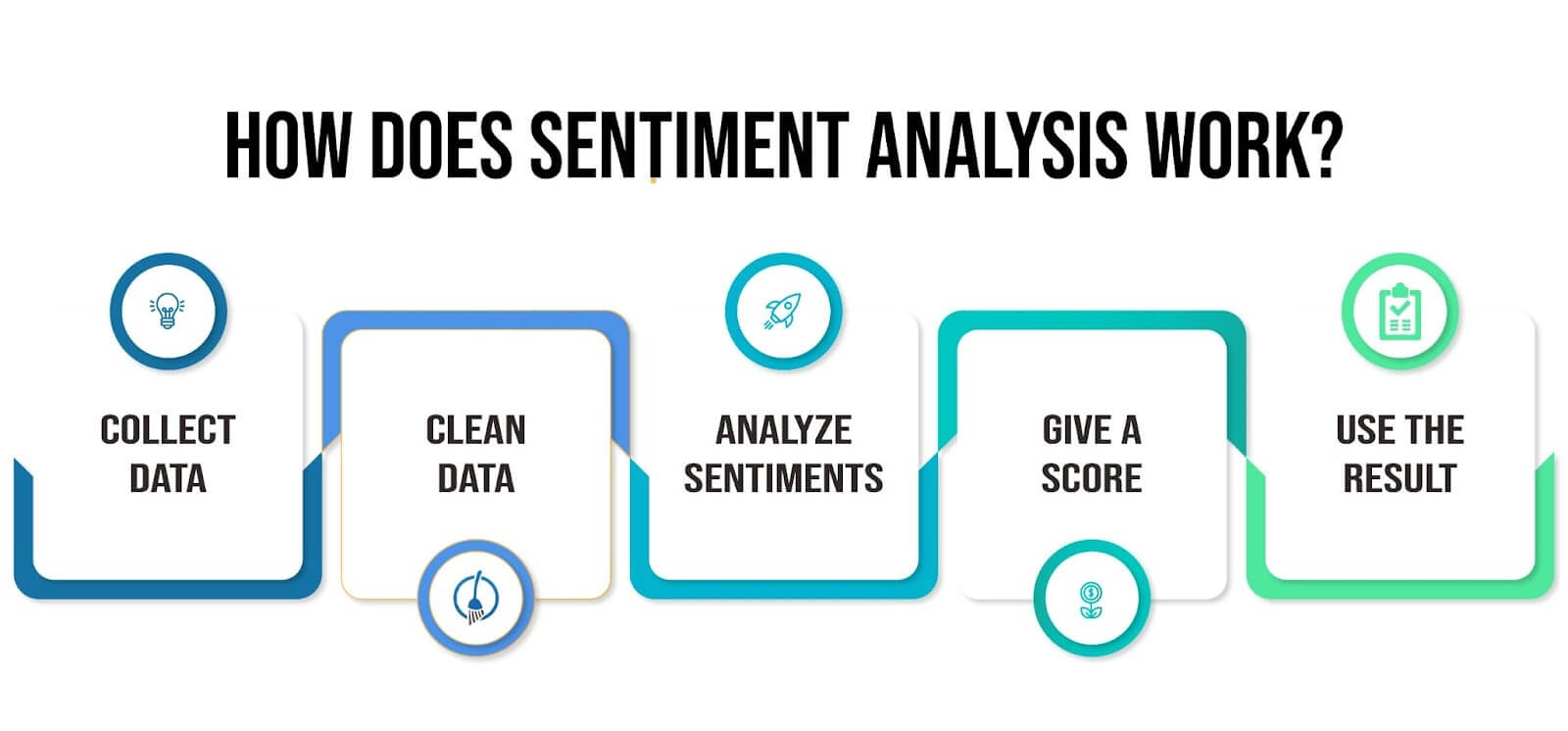
Understanding your customers' needs and preferences is crucial for sustained growth in the fiercely competitive landscape of today's business world. One of the most effective ways to gain these insights is through the Voice of Customer (VoC) data. In this comprehensive guide, we will delve into what VoC is, provide you with a VoC template, explore analysis tools, showcase real-life examples, and emphasize the immense benefits of using VoC data to foster brand growth.
Deep dive into Convin Insights to know what your customers expect!
What Is Voice of Customer?
Voice of customer VoC is the term used to describe the gathering and examination of consumer comments, viewpoints, and insights about their interactions with a good, service, or brand. It conveys your clients' real, unedited voice and offers insightful details about their preferences, dislikes, and likes. Customer feedback can come in many ways, including emails, comments on social media, polls, reviews, and face-to-face contacts.
What is the Voice of Customer Template?
To effectively gather VoC data, you need a structured approach. Here's a simple VoC template to get you started.

1. Customer Demographics
This section involves collecting basic information about your customers. Key demographic factors include age, gender, location, income level, occupation, and more. Demographics help you create customer profiles and understand the diversity of your customer base.
2. Feedback Channels
In this part of the template, you should identify and document the various channels through which customers provide feedback. Common channels include surveys, online reviews, social media platforms (such as Twitter, Facebook, or LinkedIn), email, customer service calls, and in-person interactions. Listing these channels helps you track where your customers are most active in sharing their opinions.
3. Customer Feedback
This is the core of your VoC data collection. Gather direct quotes, comments, and feedback from customers. Encourage customers to express their thoughts openly and honestly. You can collect feedback through surveys, interviews, online forms, or feedback cards. Unfiltered customer statements provide valuable insights into their experiences and perceptions.
4. Sentiment Analysis

Sentiment analysis categorizes the feedback into three main categories: positive, negative, or neutral. This step helps you gauge the overall sentiment of your customers and identify trends. Tools like natural language processing software can automate this process, but manual review may also be necessary for accuracy.
5. Pain Points
Pain points are the recurring issues, challenges, or frustrations customers mention in their feedback. Analyzing pain points allows you to identify areas of improvement and prioritize them. Pay attention to problems that come up frequently, as addressing them significantly impacts satisfaction.
6. Preferences
Discovering what customers like and dislike about your products or services is crucial for tailoring your offerings to meet their expectations. Preferences can encompass features, pricing, customer service experiences, or any other aspect of your business. This information guides product development and marketing efforts.
7. Suggestions
Note any recommendations or ideas that customers offer for improvement. Customers often provide valuable insights into how you can enhance your products, services, or overall customer experience. These suggestions can spark innovation and help you stay competitive in the market.
Once you've collected this information using the VoC template, you'll have a comprehensive dataset that provides a 360-degree view of your customers' perspectives. Analyzing and acting on this data is the key to improving your business, building stronger customer relationships, and ultimately driving growth.
Now that we've explored the structure of a Voice of Customer (VoC) template and how to gather customer feedback effectively, let's shift our focus to the next crucial step in this process: understanding how to perform Voice of Customer analysis and the tools available to make sense of the collected data.
Results first, payment later.
What is Voice of Customer Analysis, and What are Voice of Customer Tools?
In today's fiercely competitive business landscape, understanding and meeting customer expectations are paramount to success. This is where Voice of Customer (VoC) analysis plays a pivotal role. VoC analysis is a strategic process that allows businesses to tap into the invaluable insights hidden within customer feedback.
It's not just about listening to what customers say; it's about comprehending their needs, preferences, and concerns on a deeper level.
To extract meaningful insights from VoC data, consider using these analysis tools.
1. Text Analytics Software
- What is it? Text analytics software is designed to process and analyze large volumes of unstructured text data, such as customer comments, reviews, and feedback, to extract valuable insights.
- Voice of the Customer Analysis: These tools excel at performing sentiment analysis, which involves determining whether customer feedback is positive, negative, or neutral. Additionally, they can identify key themes and trends within customer comments. For example, if you run a restaurant, text analytics might reveal that customers frequently mention "excellent service" or "slow delivery," allowing you to focus on improving specific aspects of your business.
- Voice of the Customer Examples: Consider a clothing retailer using text analytics to analyze online reviews. By identifying recurring comments like "great selection" and "poor sizing information," they can adjust their marketing strategies and product descriptions to align better with customer expectations.
2. Customer Relationship Management (CRM) Software
- What is it?: CRM software is designed to manage and organize customer data, interactions, and feedback. Popular CRM systems include Salesforce and HubSpot.
- Voice of the Customer Analysis: CRM systems can store and categorize customer feedback, making it easier to track and manage. You can link customer feedback to specific customer profiles, allowing more personalized responses and follow-up actions. For instance, if a customer expresses dissatisfaction with a product in an email, a CRM system can help you promptly address their concern.
- Voice of the Customer Examples: Imagine an e-commerce business using a CRM system to collect and analyze customer feedback from various channels. When a customer submits a complaint about a damaged item through a web form, the CRM system can automatically assign the issue to the customer support team for resolution, ensuring a quick response and demonstrating that the company values customer feedback.
3. Survey Software
- What is it?: Survey software platforms like SurveyMonkey or Qualtrics allow you to create and distribute surveys to collect structured customer feedback.
- Voice of the Customer Analysis: Surveys are a powerful tool for gathering specific feedback on various aspects of your products or services. You can design targeted surveys to address particular customer concerns or gather input on new features. Analyzing survey responses can help identify trends and prioritize improvements based on customer preferences.
- Voice of the Customer Examples: Consider an online streaming service using survey software to collect feedback on content preferences. By analyzing survey results, they may discover that a significant portion of their audience prefers documentaries, leading them to invest more in that genre to cater to customer interests.
4. Social Listening Tools
- What is it?: Social listening tools like Brandwatch and Hootsuite allow you to monitor social media channels for mentions of your brand and related keywords.
- Voice of the Customer Analysis: These tools enable you to track customer conversations, sentiment, and trends on social media platforms. You can identify emerging issues by. You can identify problems by monitoring customer comments and discussions, gauging customer sentiment, and promptly responding to concerns. For instance, if customers are complaining about a particular feature on social media, you can address the issue before it escalates.
- Voice of the Customer Examples: Imagine a mobile phone manufacturer using social listening tools to track customer discussions. Suppose customers start discussing a widespread issue with battery life. In that case, the company can quickly acknowledge the problem, provide updates on a solution, and show that they are actively listening to customer concerns.
Utilizing these VoC analysis tools effectively allows you to transform raw customer feedback into actionable insights that can drive business growth and improve customer satisfaction. By integrating these tools into your VoC strategy, you'll be better equipped to understand and address the voice of the customer.
Now that we've explored what Voice of Customer analysis is and the tools available for effective analysis let's transition into the exciting realm of putting these insights into action. How do you harness the voice of the customer data to propel your business to new heights?
How do You Use the voice of customer data to grow your business?
In the fast-paced and ever-evolving world of business, success hinges upon understanding and catering to your customers' needs. Enter the Voice of Customer (VoC) data – a treasure trove of insights waiting to be unlocked.
In this digital age, where the voice of the consumer reverberates louder than ever, harnessing this valuable resource is not just a competitive advantage; it's the lifeline to sustained growth and prosperity.
1. Product and Service Improvement
Use VoC data to identify areas where your products or services may fall short of customer expectations. Analyze customer feedback and pinpoint recurring themes or specific issues.
Example: If you run an e-commerce platform and consistently receive feedback about slow website loading times, you can invest in website optimization to enhance the user experience.
2. Customer-Centric Marketing
Tailor your marketing campaigns based on insights derived from VoC data—craft messages and content that resonate with your target audience's preferences and pain points.
Example: If your VoC data reveals that customers value eco-friendly products, create marketing campaigns highlighting your company's commitment to sustainability.
3. Enhanced Customer Support
Use VoC data to address recurring issues and pain points raised by customers. This proactive approach can significantly improve customer satisfaction and loyalty.
Example: If customers consistently complain about long wait times on your support hotline, consider hiring more support staff or implementing a chatbot system to reduce response times.
4. Innovation
Innovate your products or services based on customer suggestions and insights gathered from VoC data. Customers often provide valuable ideas for new features or improvements.
Example: After analyzing customer feedback, a software company might develop new features to streamline a complex task, making their software more user-friendly.
5. Competitive Advantage
Gain a competitive edge by utilizing VoC insights to better understand your customers compared to your competitors. Responding to customer needs more effectively can set you apart in the market.
Example: By consistently gathering and acting on VoC data, a restaurant can continuously adapt its menu to meet changing customer tastes, staying ahead of competitors who may be slower to respond.
Incorporating VoC data into your business strategy is a dynamic process that involves continuous data collection, analysis, and adaptation. By consistently listening to your customers, you meet their expectations and anticipate their future needs.
Now that we've explored how to harness the power of Voice of Customer data for business growth let's focus on understanding the profound benefits of truly comprehending the Voice of the Customer and how it can transform companies in remarkable ways.
How Can Understanding the Voice of the Customer Benefit Companies?
Mastering Voice of the Customer (VoC) solutions is a strategic advantage and a critical requirement in today's dynamic and customer-focused corporate environment. Any business that wants to succeed must be able to provide outstanding Customer Experience (CX), and the natural and genuine voice of its most important stakeholders is what makes this possible.
1. Personalization
- VoC data offers insightful information about each customer's unique preferences, actions, and previous exchanges. Businesses can use this data to craft incredibly customized client experiences.
- Businesses can segment their consumer base and provide tailored recommendations, content, and promotions that appeal to particular customer groups by analyzing VoC feedback and input.

2. Service Enhancements
- VoC feedback frequently points out areas where customer service needs to be enhanced. It might concern communication clarity, support agent efficacy, or reaction times.
- Businesses may pinpoint customer support process pain areas and make the required improvements using VoC analytics. This may lead to more customer satisfaction and speedier issue resolution.
- By tracking the effects of service enhancements over time using VoC monitoring, businesses can ensure that the modifications are successful and live up to customer expectations.
3. Product Development

- VoC information is beneficial for developing new products. Businesses can learn what upgrades or enhancements consumers want in their goods or services by paying attention to their client feedback.
- Product developers and designers use this data to help them create offers that closely match the demands and expectations of their customers.
- By prioritizing features or enhancements following consumer feedback, businesses can ensure that resources are directed toward the areas that matter most to customers, ultimately resulting in more successful goods and more sales.
4. Proactive Problem-Solving

- VoC offers businesses the benefit of assisting in identifying problems before they become more serious.
- Through vigilant observation of customer feedback and grievances, businesses can detect patterns or tendencies in consumer discontent and take proactive measures to resolve them.
- By being proactive, you can avoid bad customer experiences, lower the chance of churn, and show your clients that you value their issues.
5. Continuous Improvement
- VoC is a continuous process rather than a one-time endeavor. Businesses can gather, evaluate, and act upon consumer input continuously.
- Organizations may remain flexible and adjust to shifting consumer attitudes and market conditions using this iterative method.
- Companies may adapt and improve their CX strategy to compete in the market and align with customer expectations by routinely analyzing VoC data.
Businesses may improve Customer Experience (CX) using practical tools like Voice of the Customer (VoC). It enables personalization, enhanced services, informed product development, proactive problem-solving, and a commitment to continuous improvement.
By listening to their customers' honest, unfiltered opinions, businesses may increase customer loyalty, create stronger ties with their consumers, and ultimately advance their business. VoC is more than just a slogan; it is essential to modern customer-centric activities.
How Does Convin Help You Get the Voice of Customer Data?
Convin is a platform that offers AI-powered solutions to enhance customer experience (CX) for companies. Here are several ways in whin which Convin can help companies improve their CX through its products.
1. Automated Conversation Analysis
- Automatically records, transcribes, and analyzes chat, phone, and email exchanges with customers.
- Finds important subjects, patterns, and commonly asked questions to improve account management procedures.

2. Automated Agent Coaching
We have the Automated Coaching Platform tool designed for contact center settings. This tool helps agents become more resilient and effectively handle stress by offering automatic and customized coaching sessions.

3. Multi-Channel Support
- Convin ensures that all communication channels—including emails, live chats, and phone calls—are easily integrated with its solutions.
- By doing this, call centers may improve the omnichannel customer experience by comprehensively understanding client interactions across all touchpoints.

4. Real-Time Guidance
A state-of-the-art tool called Real-Time Agent Assistance is intended to give call center representatives real-time support and direction when interacting with customers.
The assistant listens to customer-agent conversations in real-time, analyzing the dialogue for crucial information and customer sentiment. Based on the analysis, the assistant provides agents with instant recommendations and suggestions to guide them in addressing customer queries and concerns effectively.

Convin's suite of AI-powered products and solutions offers a wide range of tools to help companies extract the voice of the customer. By automating processes, personalizing interactions, and providing actionable insights,
Book a free demo today to take your first step toward knowing your customer better.
FAQ
1. What is a VoC strategy?
A VoC strategy systematically collects, analyzes, and leverages customer feedback and insights to enhance products, services, and overall business operations.
2. How do you present the voice of a customer?
The voice of the customer is presented through various channels, such as surveys, interviews, feedback forms, and social media, with data compiled and analyzed to understand customer preferences and needs.
3. What is the voice of the customer technique?
The voice of the customer technique involves using surveys, sentiment analysis, and customer interviews to gather and interpret feedback for informed decision-making.
4. What are the 4 steps of VoC methodology?
The 4 steps of VoC methodology typically include data collection, analysis, action planning, and feedback implementation, creating a continuous feedback loop for continuous improvement.













































